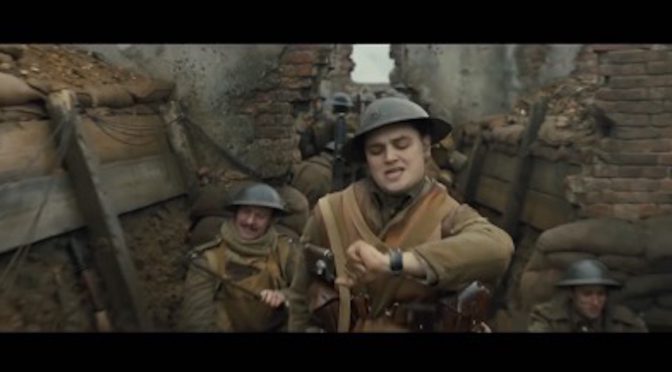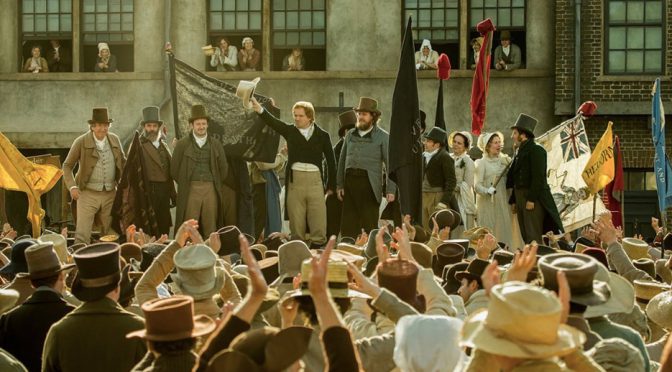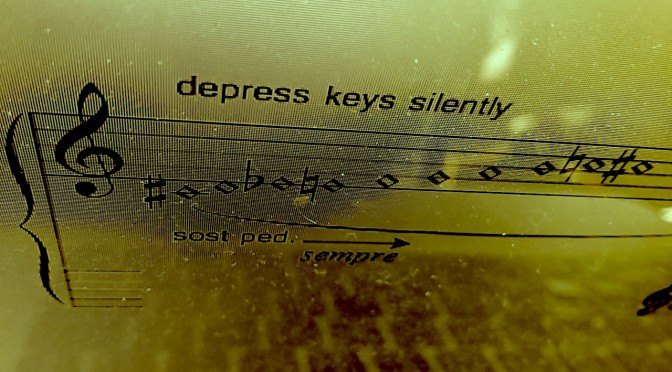
PhD researcher Lizzie Hibbert reflects on Sam Mendes’s First World War epic 1917. Please note: this piece contains spoilers!
Sam Mendes’s 1917 (2019) is as much a film about time as it is about war. The first indication of this comes in the film’s trailer, which is set to a soundtrack of ticking clocks. It opens on a wide shot of an un-helmeted British soldier running perpendicular to advancing troops towards the camera. The reedy ‘tick… tock…’ of a watch is just audible beneath ominous music and accelerating bootsteps. Suddenly we are underground by torchlight, and the ticking has transformed into the weighty, echoing hands of a pendulum clock. There is a split second of silence and then an explosion.
Continue reading “Time is the Enemy”: The Wristwatches of 1917



